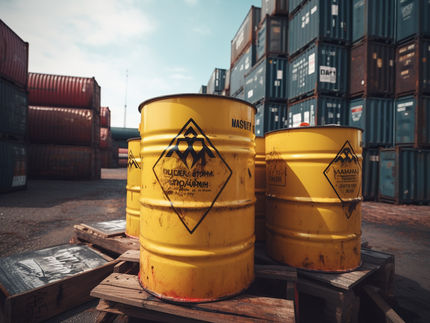Mercury converted to its most toxic form in ocean waters
University of Alberta-led research has confirmed that a relatively harmless inorganic form of mercury found worldwide in ocean water is transformed into a potent neurotoxin in the seawater itself.
After two years of testing water samples across the Arctic Ocean, the researchers found that relatively harmless inorganic mercury, released from human activities like industry and coal burning, undergoes a process called methylation and becomes deadly monomethylmercury.
Unlike inorganic mercury, monomethylmercury is bio-accumulative, meaning its toxic effects are amplified as it progresses through the food chain from small sea creatures to humans. The greatest exposure for humans to monomethylmercury is through seafood. The researchers believe the methylation process happens in oceans all over the world and that the conversion is carried out by microbial life forms in the ocean.
The research team, led by recent U of A biological sciences PhD graduate Igor Lehnherr, incubated seawater samples collected from the Canadian Arctic Archipelago. Lehnherr says conversion of inorganic mercury to monomethylmercury accounts for approximately 50 per cent of this neurotoxin present in polar marine waters and could account for a significant amount of the mercury found in Arctic marine organisms. The researchers say this is the first direct evidence that inorganic mercury is methylated in seawater.
Most read news
Other news from the department science

Get the chemical industry in your inbox
By submitting this form you agree that LUMITOS AG will send you the newsletter(s) selected above by email. Your data will not be passed on to third parties. Your data will be stored and processed in accordance with our data protection regulations. LUMITOS may contact you by email for the purpose of advertising or market and opinion surveys. You can revoke your consent at any time without giving reasons to LUMITOS AG, Ernst-Augustin-Str. 2, 12489 Berlin, Germany or by e-mail at revoke@lumitos.com with effect for the future. In addition, each email contains a link to unsubscribe from the corresponding newsletter.


























































